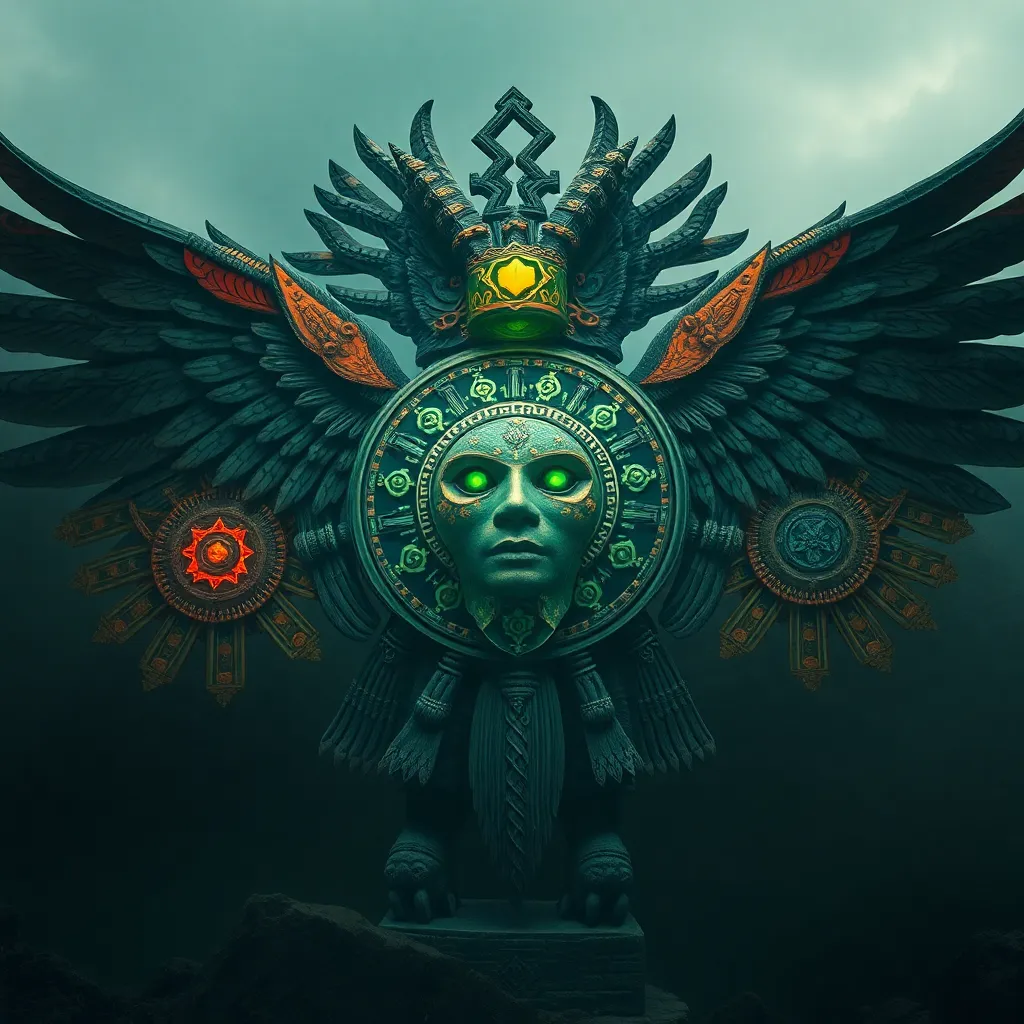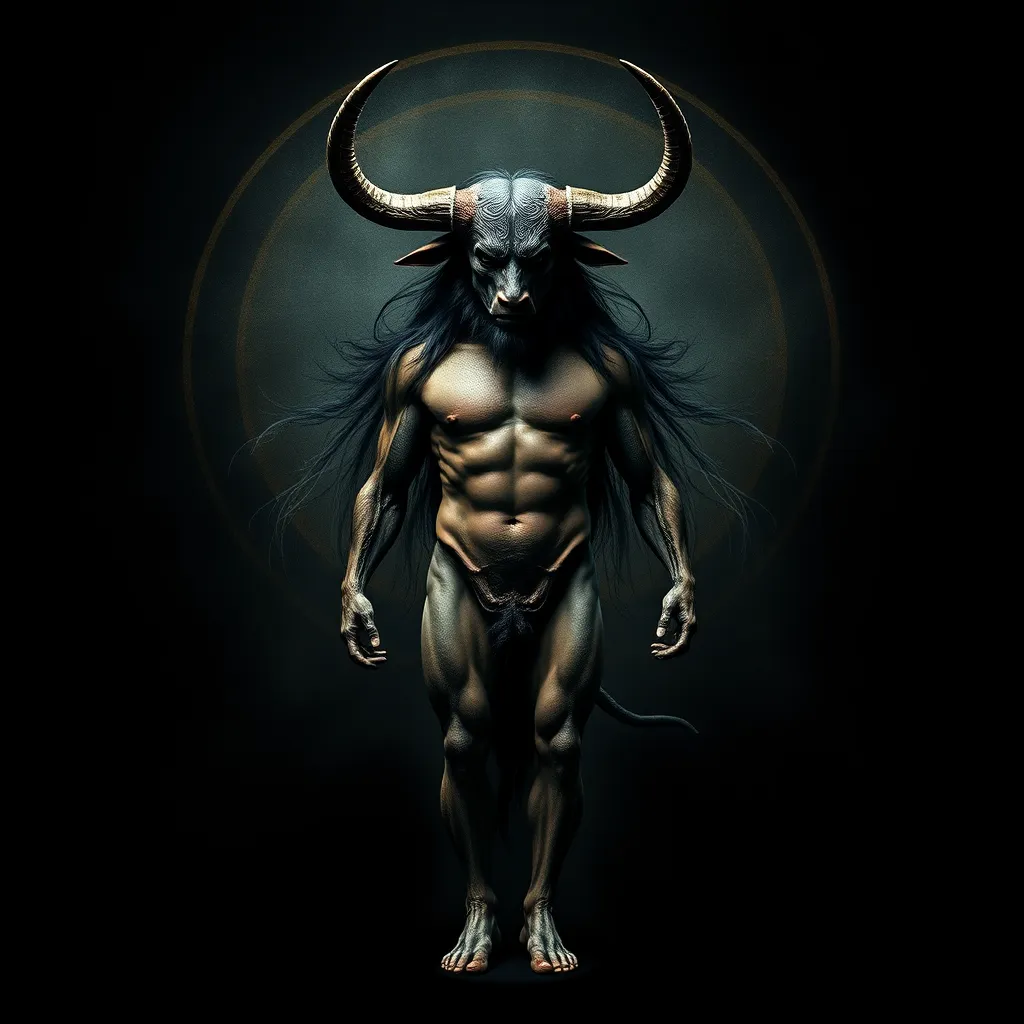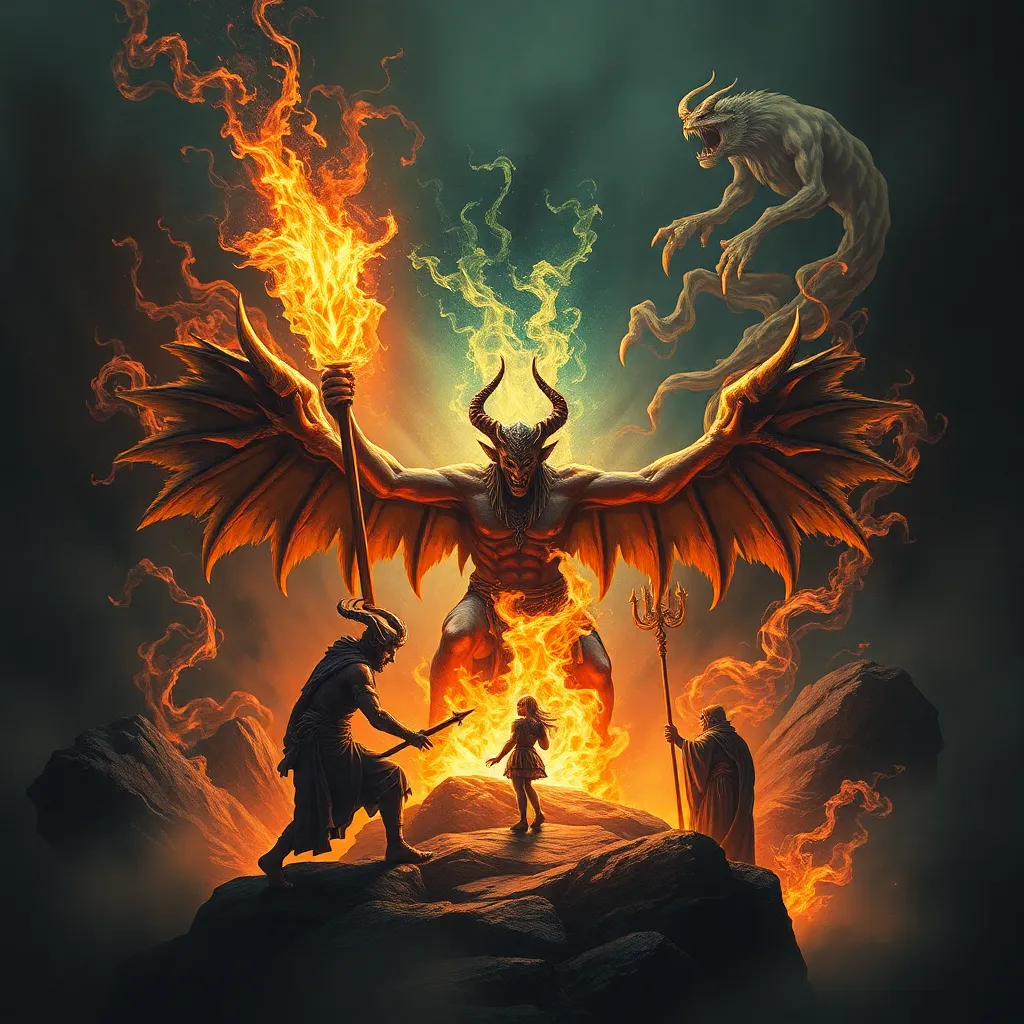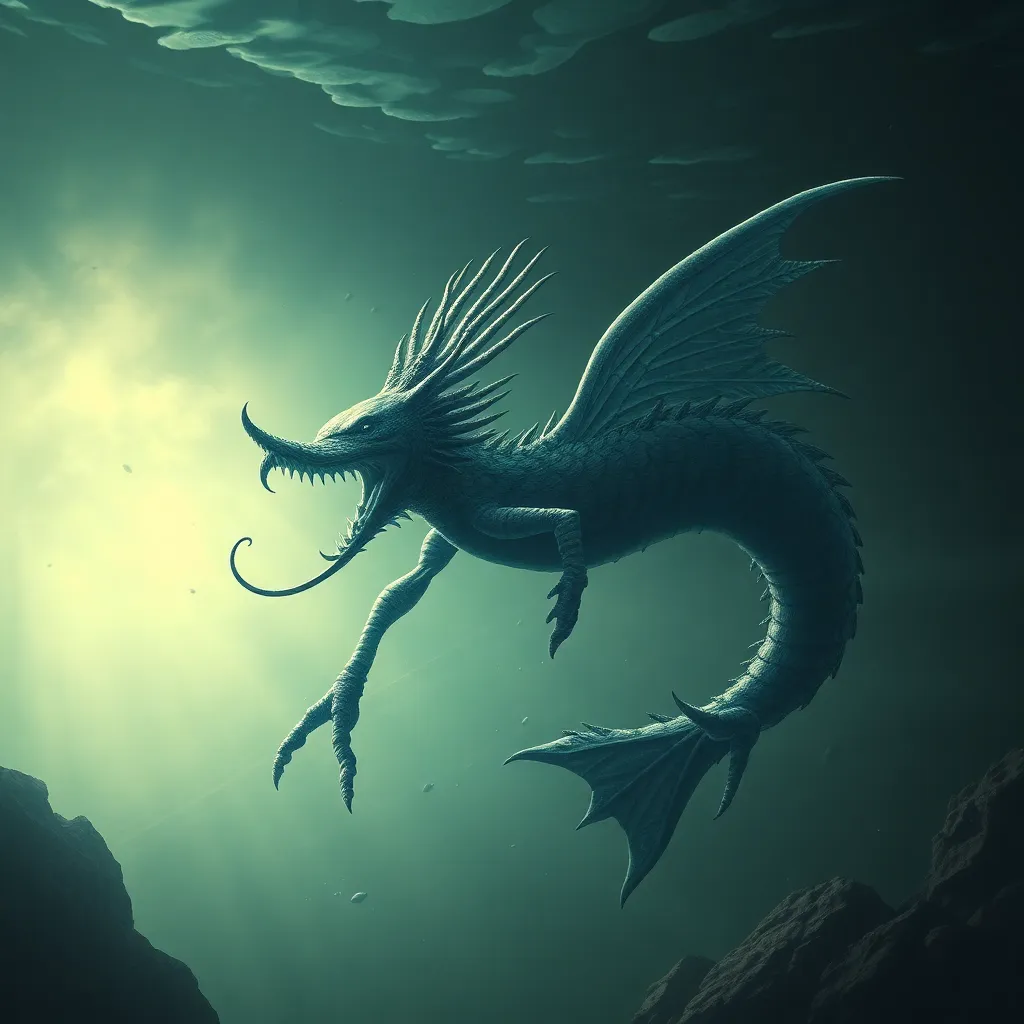The Ahuizotl: A Study of the Role of Myth in Human Culture
I. Introduction
The Ahuizotl is a fascinating creature from Aztec mythology, often depicted as a water-dwelling beast with a dog’s face, an elongated body, and a hand on its tail. This mythical being represents the intersection of nature and culture, embodying both the dangers and mysteries of the water environments that were integral to ancient Aztec life.
Myths like that of the Ahuizotl play a crucial role in cultural contexts, providing insights into the values, fears, and aspirations of societies. They serve not only as entertainment but also as educational tools that convey moral lessons and cultural heritage. This article aims to explore the Ahuizotl’s historical background, its significance in Aztec society, and its broader implications in comparative mythology and modern culture.
II. Historical Background of the Ahuizotl
A. Origins of the Ahuizotl in Aztec mythology
The Ahuizotl is deeply rooted in Aztec mythology, believed to inhabit lakes and rivers. Its role varied among different communities; some viewed it as a malevolent force that would drag unsuspecting individuals into the depths of the water, while others regarded it as a trickster figure.
B. Descriptions and characteristics of the creature
Descriptions of the Ahuizotl often highlight its unique features:
- A dog-like face
- A long, sleek body
- A hand-like appendage at the end of its tail
- Its ability to mimic the cries of drowning people
These characteristics not only add to its fearsome reputation but also reflect the Aztecs’ relationship with water as a source of both life and danger.
C. Cultural significance in pre-Columbian societies
In pre-Columbian societies, the Ahuizotl served as a narrative device to explain natural phenomena and instill respect for the environment. It was often associated with the duality of water, symbolizing both sustenance and peril.
III. The Ahuizotl in Aztec Society
A. Role of the Ahuizotl in Aztec folklore and storytelling
The Ahuizotl was a prominent figure in Aztec folklore, often featured in stories that warned of the dangers of venturing too close to water bodies. These tales served as cautionary narratives for children and adults alike, reinforcing communal knowledge about safe practices around water.
B. Symbolism and representation in art and literature
Artistic representations of the Ahuizotl can be found in various forms, including codices and pottery. It was often depicted alongside other deities, emphasizing its significance in the pantheon of Aztec mythology. The creature’s portrayal served to communicate its feared yet respected status within the cultural narrative.
C. The relationship between the Ahuizotl and other deities
The Ahuizotl’s character is often intertwined with other deities related to water, such as Tlaloc, the rain god. This relationship highlights the interconnectedness of myths and the ways in which they reflect the complexities of the Aztec worldview.
IV. Comparative Mythology: The Ahuizotl and Other Water Creatures
A. Similarities with mythical creatures in other cultures
Across various cultures, water creatures often embody similar themes of danger and allure. For example:
- The Kraken from Scandinavian folklore, a monstrous sea creature that terrorizes sailors.
- Mermaids, who can be both enchanting and perilous, luring sailors to their doom.
B. Thematic analysis of water and danger in mythology
Water, in many mythologies, represents the unknown and the subconscious. The Ahuizotl, like many water-related myths, serves as a metaphor for the unpredictability of nature and the inherent dangers of the natural world.
C. The role of environmental elements in shaping mythological narratives
Environmental factors significantly influence mythology. The Aztecs, who lived in a landscape rich with lakes and rivers, created myths like that of the Ahuizotl to explain their experiences with these powerful natural elements.
V. The Function of Myth in Human Culture
A. Myths as tools for understanding the natural world
Myths help communities to explain natural phenomena that might otherwise be incomprehensible. The Ahuizotl serves as a narrative that encapsulates the dangers of aquatic environments, providing a framework for understanding the risks associated with them.
B. Myths as reflections of societal values and fears
Through the Ahuizotl, the Aztecs expressed their fears of water and the unknown, reflecting societal values regarding safety and respect for nature. Such narratives often illustrate a culture’s collective psyche and its response to environmental challenges.
C. The psychological and emotional roles of myths in communities
Myths fulfill psychological functions, allowing individuals to process fears and uncertainties. The stories of creatures like the Ahuizotl provide a means of confronting anxiety associated with nature, offering comfort in shared beliefs and communal storytelling.
VI. The Ahuizotl in Modern Culture
A. Influence of the Ahuizotl in contemporary literature and media
In recent years, the Ahuizotl has seen a resurgence in popular culture, appearing in literature, films, and video games. These modern interpretations often highlight its enigmatic nature and continue to explore themes of danger and allure.
B. The resurgence of interest in ancient myths in modern society
As contemporary society grapples with environmental issues, myths like that of the Ahuizotl resonate more deeply. They serve as reminders of humanity’s connection to nature and the need for conservation and respect for aquatic ecosystems.
C. The Ahuizotl as a symbol of environmental awareness
Today, the Ahuizotl can be viewed as a symbol of environmental awareness, representing the delicate balance between human activity and the natural world. Its legacy encourages discussions about water conservation and the protection of aquatic habitats.
VII. The Ahuizotl and Cultural Identity
A. The role of mythology in shaping cultural heritage
Myths are pivotal in shaping cultural identity, reflecting the history and values of a community. The Ahuizotl, as a figure of Mexican mythology, plays a significant role in the cultural heritage of the region.
B. The Ahuizotl as a symbol of Mexican identity
As a unique element of Aztec mythology, the Ahuizotl represents the rich narrative traditions of Mexico. It is a source of pride and a reminder of the country’s pre-Columbian history.
C. Preservation of myths in the face of globalization
In an era of globalization, the preservation of myths like the Ahuizotl becomes essential to maintaining cultural identity. Efforts to revive and promote such narratives are crucial for future generations to understand their heritage.
VIII. Conclusion
In summary, the Ahuizotl serves as a compelling case study of the role of myth in human culture. Its historical significance in Aztec society, its connections to contemporary issues, and its impact on cultural identity highlight the enduring power of myth in shaping human civilization.
As we continue to explore the intersections of myth and culture, further research is vital to fully understand the complexities and influences of these narratives throughout history and into the future.




